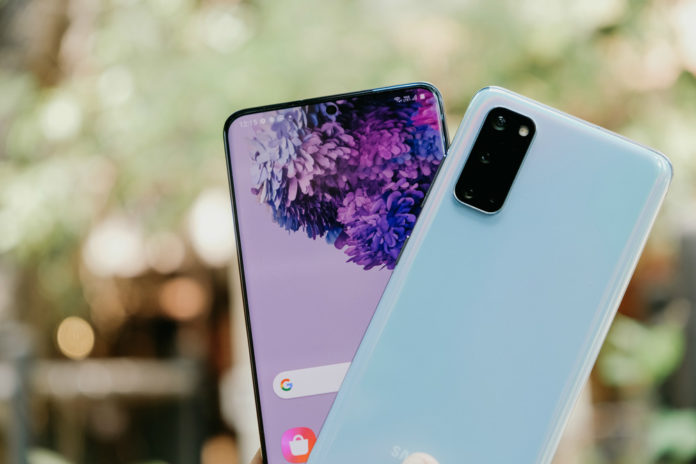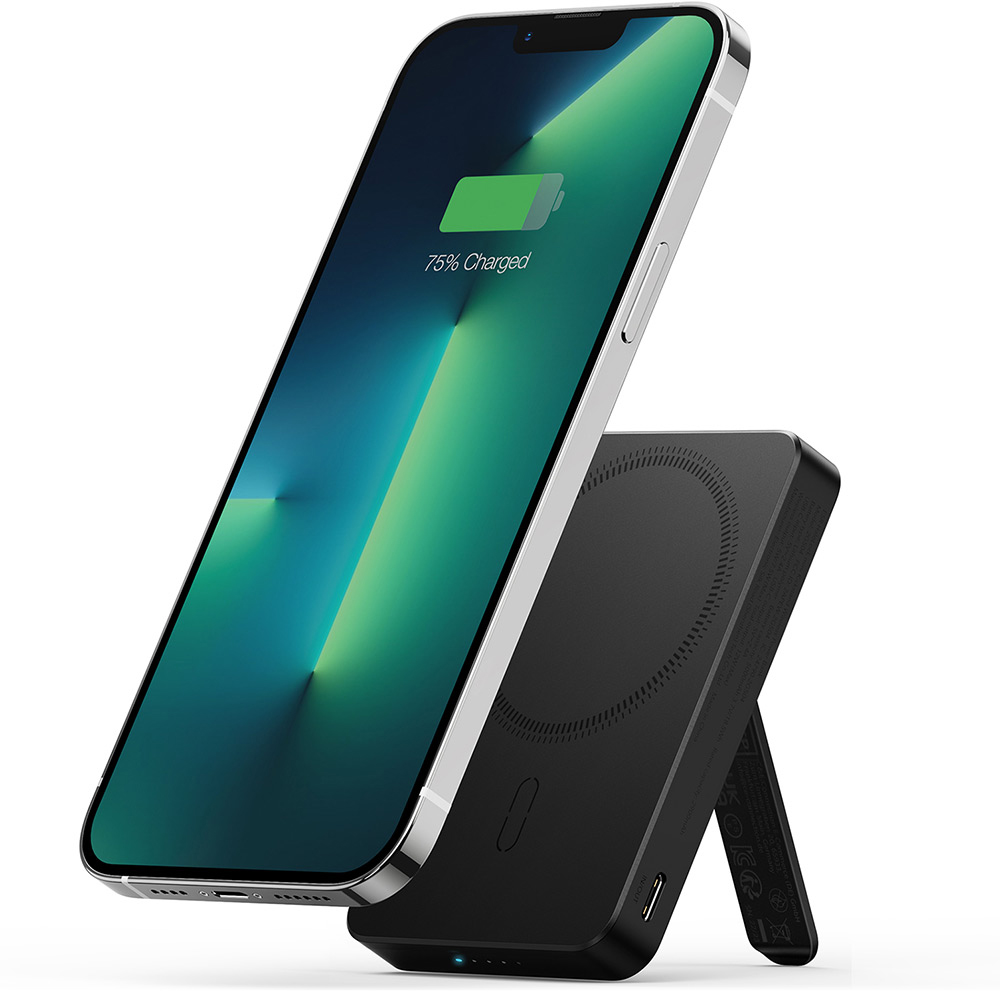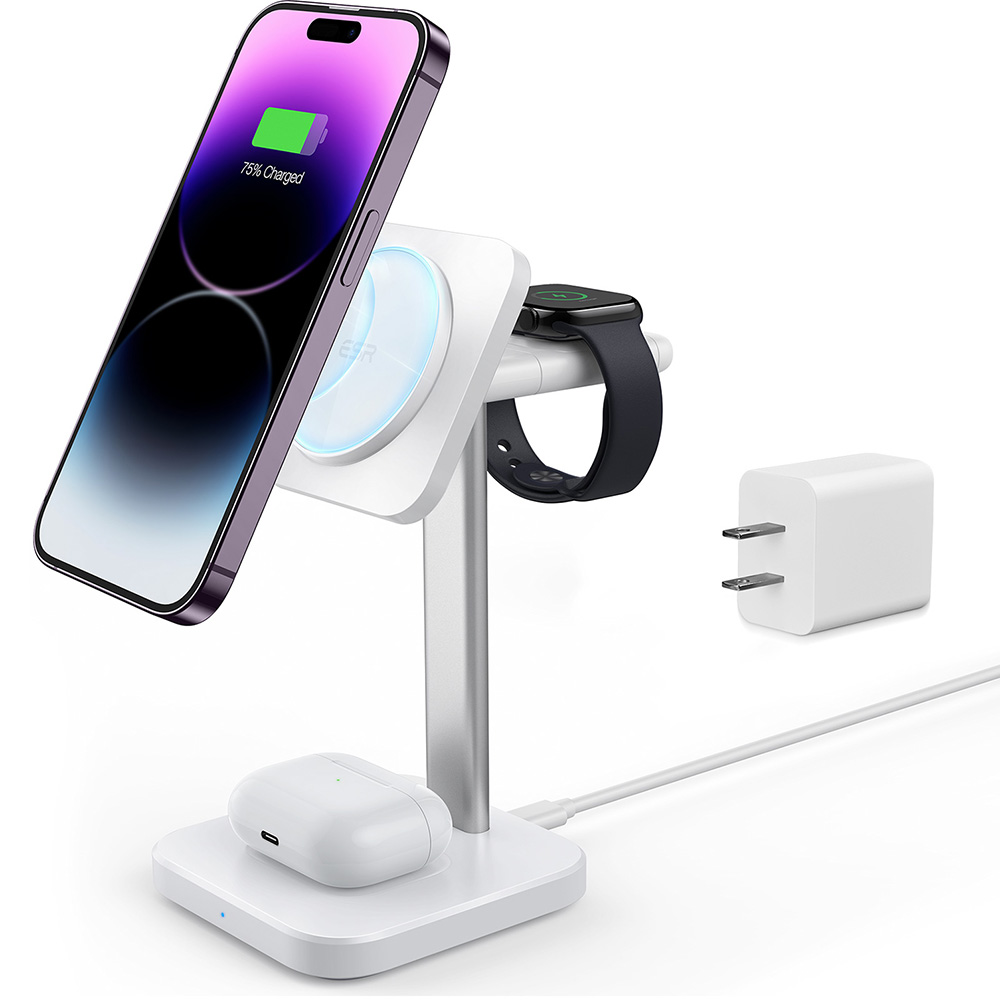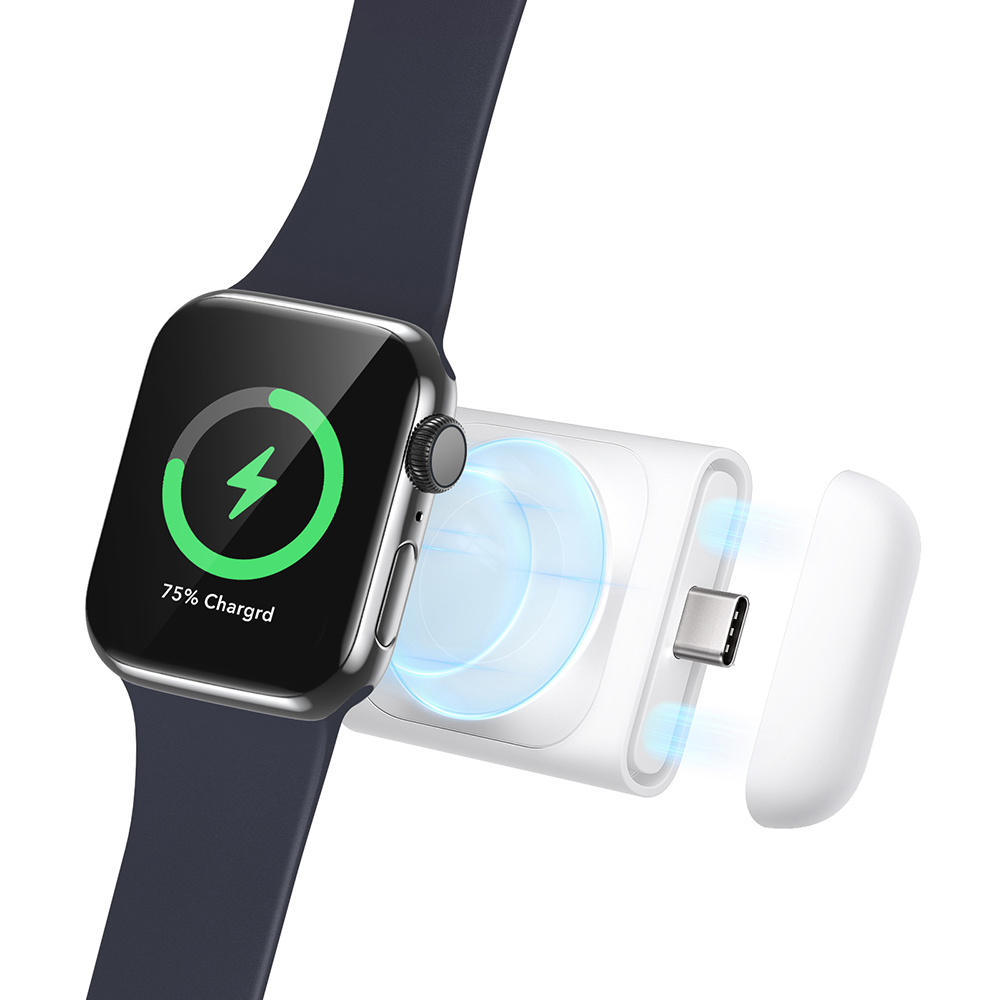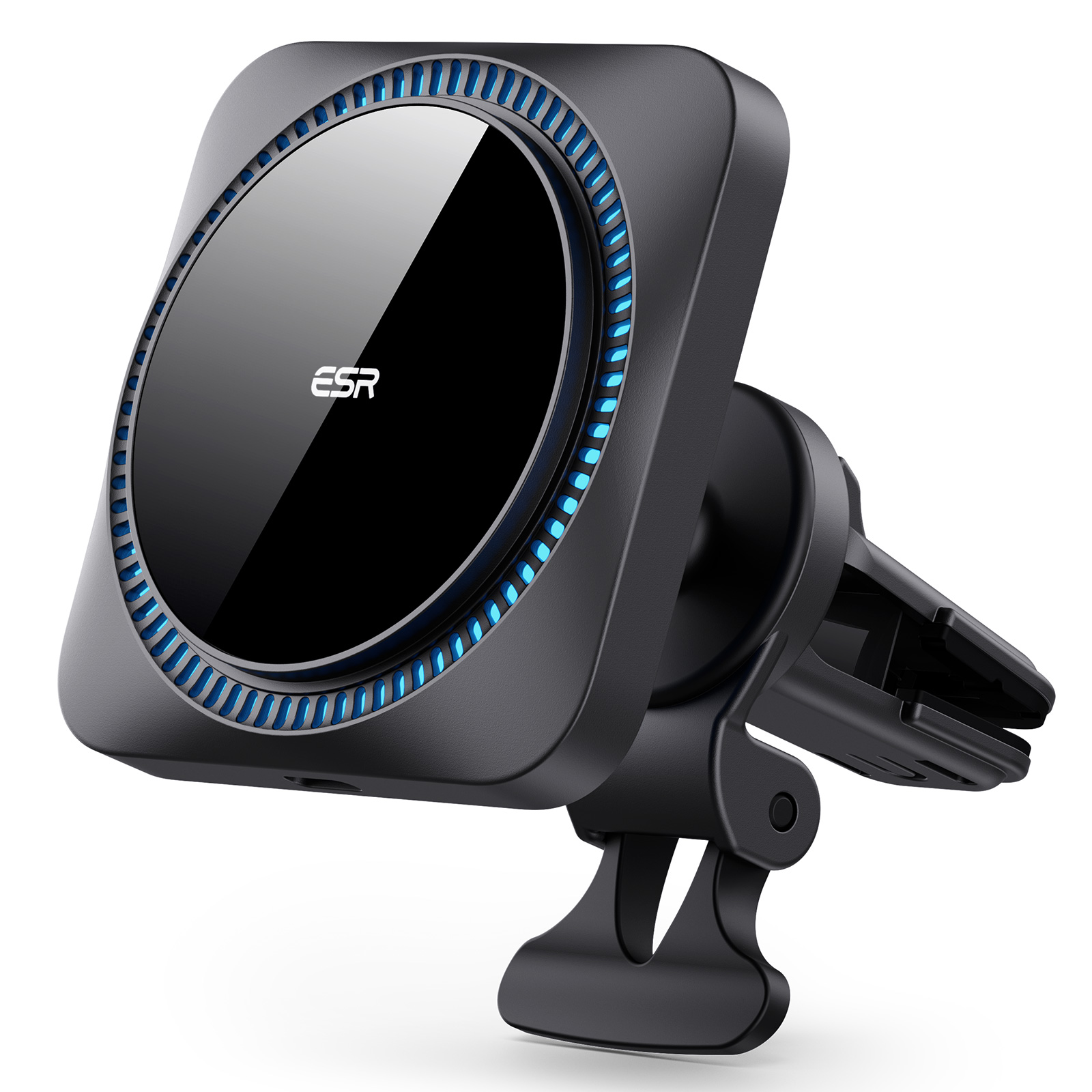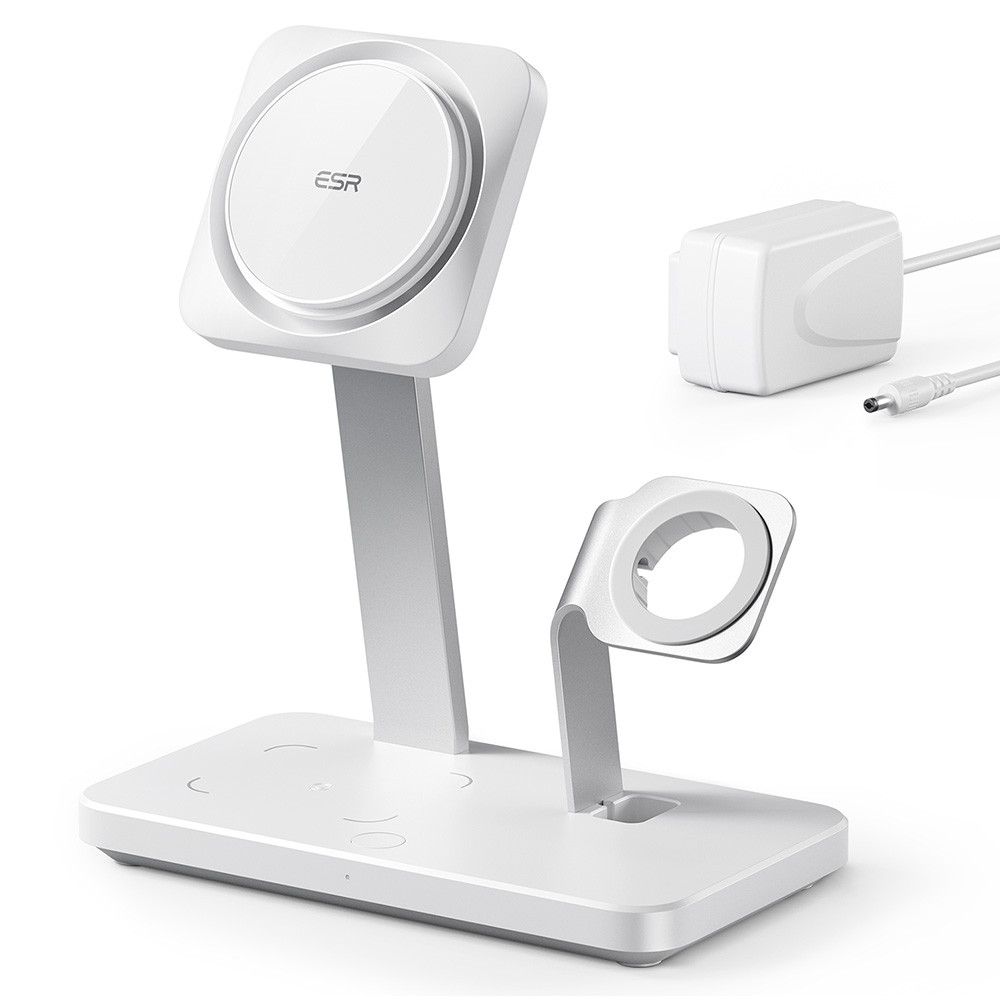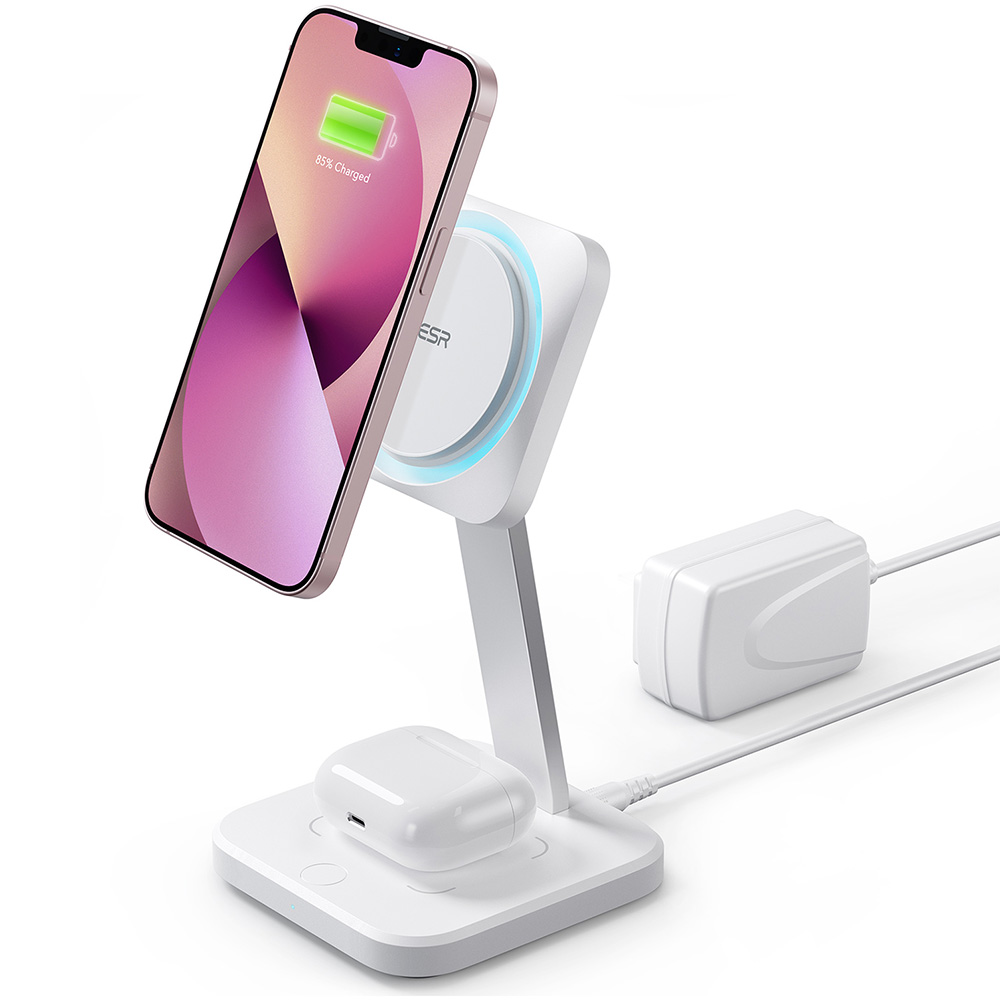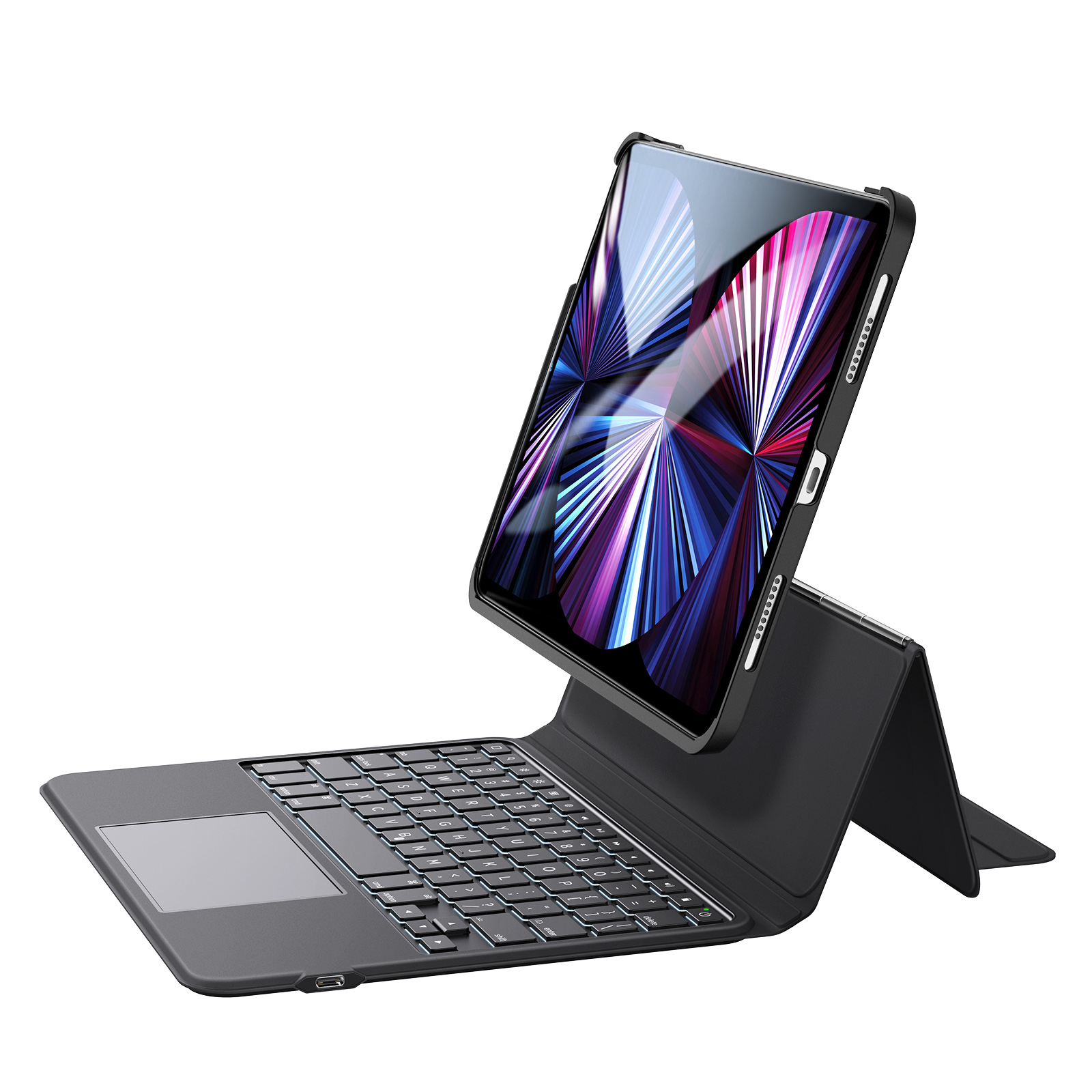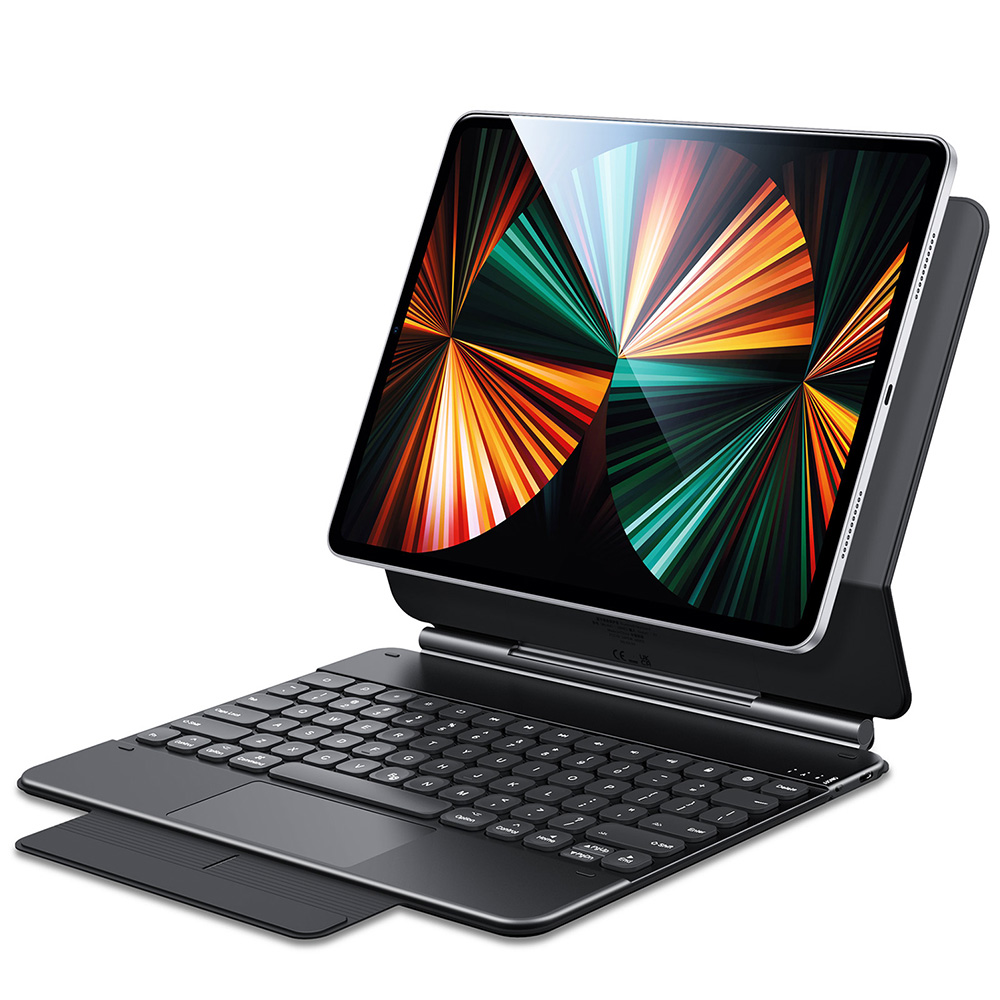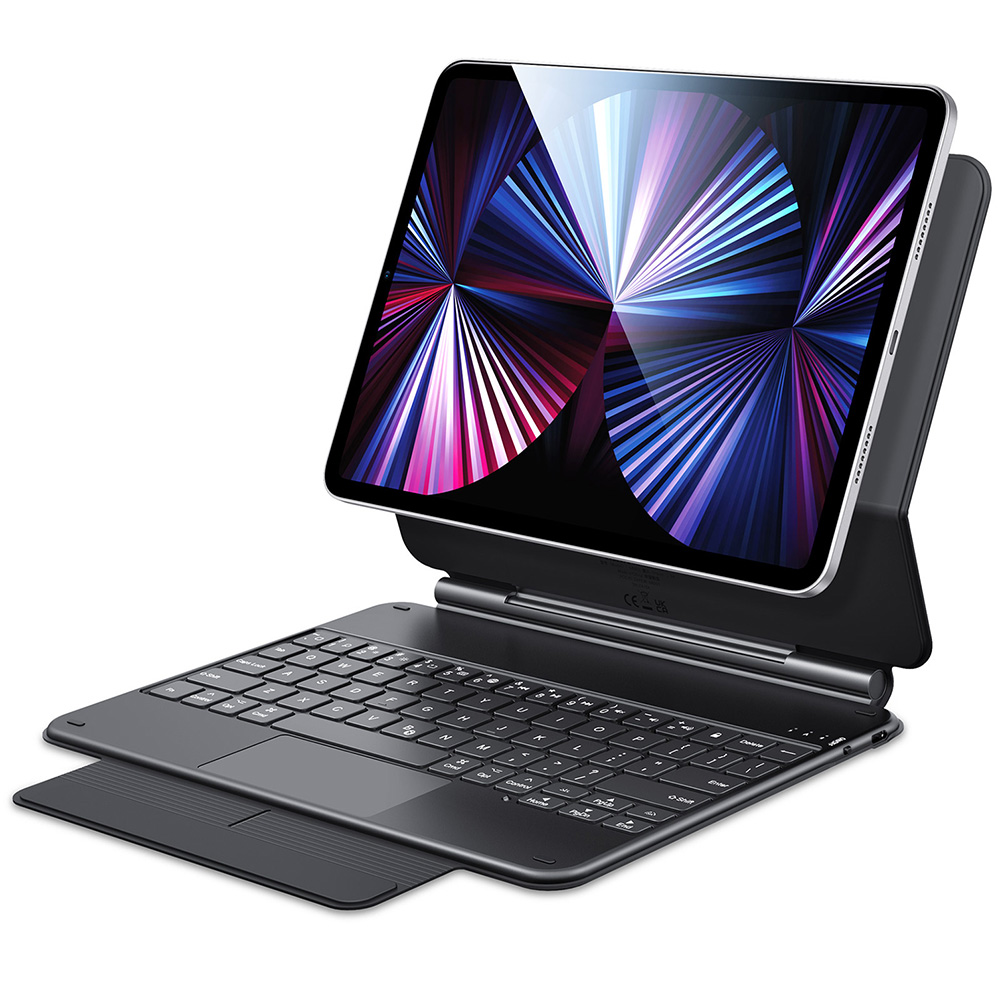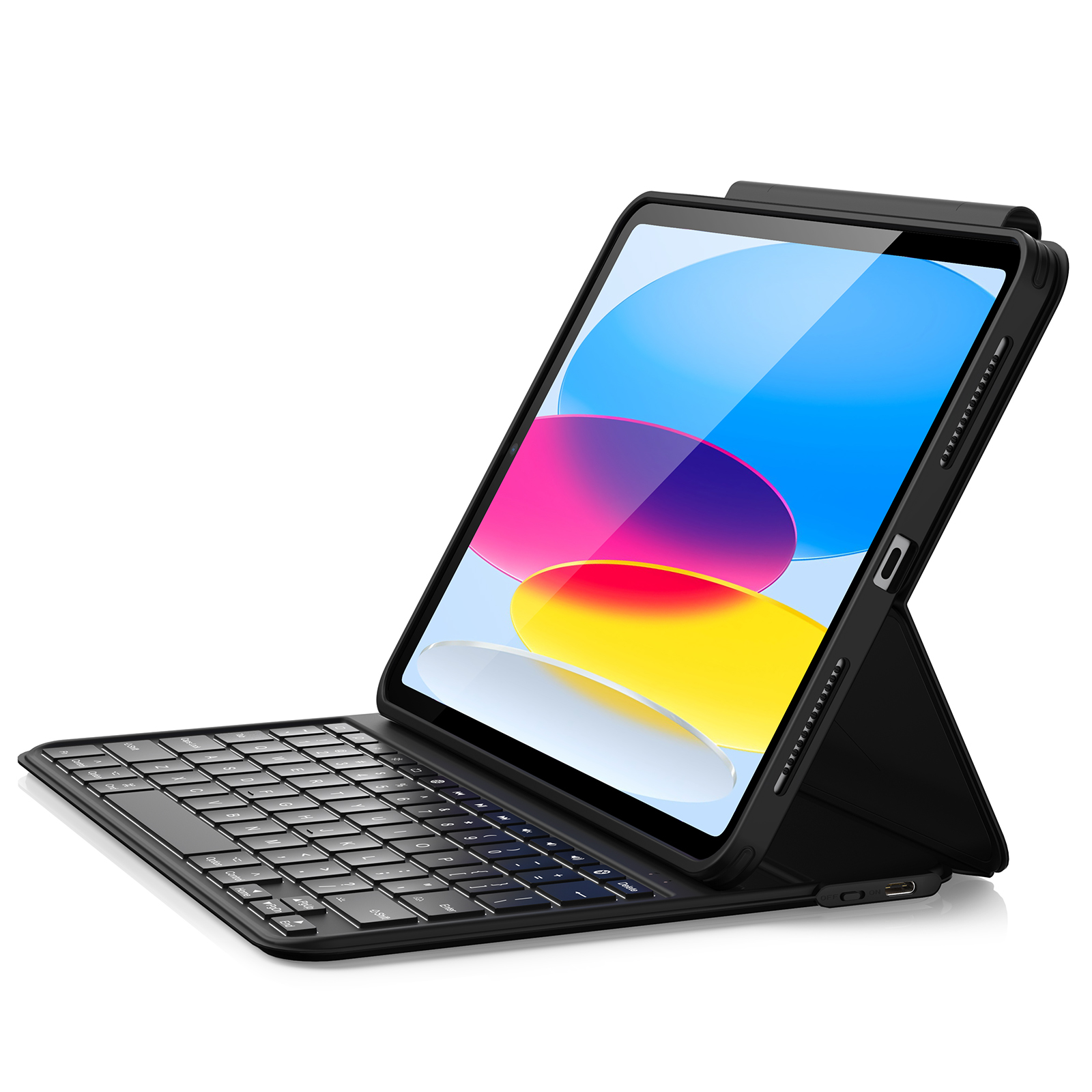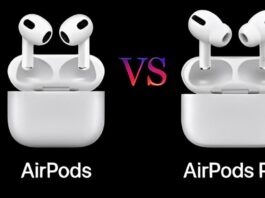Samsung released its S20 series back in February, and users still refuse to get over with how magnificent the devices are. Contrary to the S10 series, there are some major differences in terms of features, specs and more. If you are someone who is deciding to purchase one of the two devices, getting to know how these devices differ can help you.
In this blog, we will tell some key differences between the two and see how they compare among themselves.
The Design and the Display
Where the Galaxy S10 sports a 6.1-inch display, the S20 boasts of a 6.2-inch screen with attractive features. The difference is even more exaggerated when one compares the screen sizes of the S10 with the S20 Ultra. Carrying a 6.9-inch screen, the device looks huge when placed next to the S10.
Meanwhile, telling the difference between the displays of the Galaxy S10 and the S20 is next to difficult until you look at the picture quality. The display on the S10 is a QHD+ with a picture resolution of 3040*1440, whereas, the one on the S20 is WQHD+ and has a resolution of 3200*1440. Owing to a little difference between the screen sizes, the pixel density remains almost identical at 563ppi for the S20 and 550ppi for the S10.
One big difference is brought to light with the refresh rate playing its part. While the S10 has a standard 60Hz, the S20 doubles the number to 120Hz. This means that the screen on the S20 will give a smoother user experience compared to that on the S10. The touch input rate on the S20 display is 240Hz compared to 120Hz on the S10. This will mean that the touch response will be better on the S20, giving the gamer community an edge over their rivals.
Save 25% OFF MagSafe Charger with code: ESRBLOG
When we look at the dimensions, the S20 is just a little bigger and heavier than the S10. The punch-hole curved display design stays the same on the front, whereas the rear panels on the two look much different. The S10 has a horizontal camera module while the S20 features a rectangular camera module on the top left-hand corner.
The Camera
While the cameras you get on both the devices remain the same in terms of the number of lenses and the arrangement, there are some hard-to-tell differences in the shooting capabilities. The Samsung Galaxy S20 sports a 64MP sensor with 3X optical and 30X digital zoom, whereas the S10 has a 12MP sensor with 2x optical zoom. The ultra-wide sensor on the S20 is a 12MP lens whereas on the S10, a 16MP lens has been provided.
A range of features present on the Samsung Galaxy S20 camera like Live Focus and Live Focus Video will let you alter the background of a photo or a video while selecting the scene optimization and slow-motion shooting mode.
The Samsung Galaxy S20 also has the Single Take Mode which lets you take pictures with all the lenses at once and get the best click possible. For the likes of videographers, the S20 can help record 8K video which is an advantage from the 4K on the S10.
Looking at the front cameras, the configuration stays the same at 10MP sensor and nothing different as such.
Protecting the camera and the display
When you are making an investment as special as the Galaxy series, it is important that you also consider making them invulnerable to drops and damage. Products like protective cases from ESR can help you keep your device protected and safe from drops and scratches. For more information, you can visit the product page here.
Battery Life
While the S10 was released with a 3400mAh battery, the S20 was likely to host a bigger power source. This comes in the form of a 4000mAh battery, which likely makes the S20 run longer before it needs a charge again. This might vary depending upon the kind of usage one does.
As far as the charging speeds are concerned, they are faster on the S20 with a 25W fast charging adapter, while we see 15W of fast charging in the S10. This will prove helpful when running late on last-minute errands and getting the device ready on short notice.
While these devices also support wireless charging and wireless power share feature, bigger is always better to have.
Other features
The S10 was launched with Android 9 as stock, however now, you can easily get it with Android 10 or upgrade to the same. The S20 came with Android 10 as a stock which is definitely an advantage. The chipset on the S10 is the Qualcomm Snapdragon 855 while that on the S20 is the latest SD865, claimed to be among the fastest processors. With so much processing power at heart, we can naturally expect much smoother RAM and device performance during gaming, streaming and multitasking. Combined with greater RAM capacities of the S20 (12GB) compared to the 8GB on the S10, the former likely perform well on heavy workloads.
Another advantage that the S20 has over the S10 is its 5G compatibility. If you are someone who likes to future proof their investment, purchasing this device will be a wise decision. When it comes to storage, the S20 comes with a 128GB version and if you want to have some extra storage, you will need to use an SD card or opt for the S20 Plus or the S20 Ultra models.
The final verdict
The main differences between the Samsung Galaxy S10 and the S20 are highlighted with the specification upgrades in the latter. The upgraded processor, larger battery, and increased RAM will help you get the most out of your device.
If you are looking for a better performing gadget that future-proofs your investment, the Samsung Galaxy S20 is your device to have. The 5G-ready features, premium chipset, and the 12GB of RAM are something to invest in.

